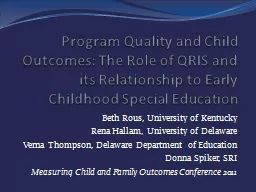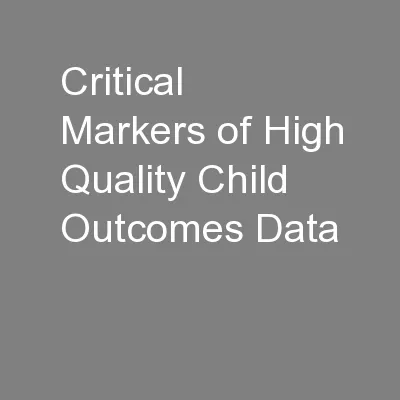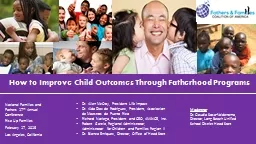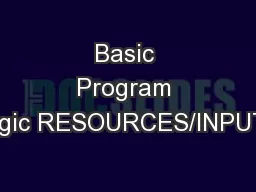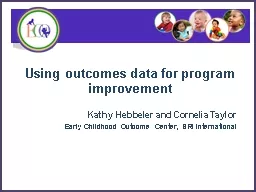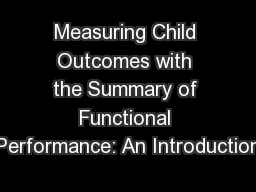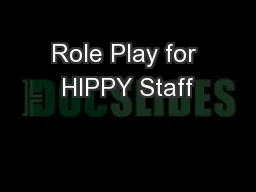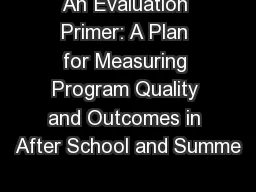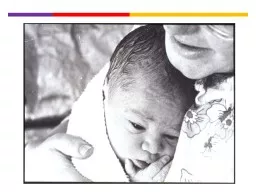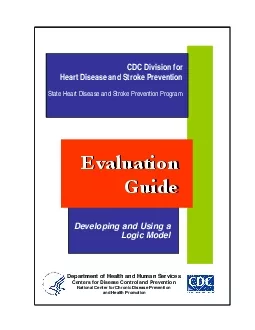PPT-Program Quality and Child Outcomes: The Role of
Author : stefany-barnette | Published Date : 2019-11-21
Program Quality and Child Outcomes The Role of QRIS and its Relationship to Early Childhood Special Education Beth Rous University of Kentucky Rena Hallam University
Presentation Embed Code
Download Presentation
Download Presentation The PPT/PDF document "Program Quality and Child Outcomes: The ..." is the property of its rightful owner. Permission is granted to download and print the materials on this website for personal, non-commercial use only, and to display it on your personal computer provided you do not modify the materials and that you retain all copyright notices contained in the materials. By downloading content from our website, you accept the terms of this agreement.
Program Quality and Child Outcomes: The Role of: Transcript
Download Rules Of Document
"Program Quality and Child Outcomes: The Role of"The content belongs to its owner. You may download and print it for personal use, without modification, and keep all copyright notices. By downloading, you agree to these terms.
Related Documents

